Rose, Bud, Thorn
Posted on November 27, 2019 by Amelia Compton Wolff
Five community leaders weigh in with their greatest achievements – and biggest challenges – of 2019
Every year has its ups and downs. FOX CITIES Magazine asked five community leaders to share their rose, bud and thorn from 2019. The “rose” represents a great achievement, the “bud” an area of potential and the “thorn” a big challenge. For many of our contributors, the three are intricately intertwined.
Colleen Rortvedt
Appleton Public Library Director
Rose: Strengthening the relationship between the library and community
As technology and the needs of patrons continue to change, libraries across the country are working to create dynamic relationships with the communities they serve. Rortvedt says this year she has seen that relationship blossom at Appleton Public Library (APL).
“The heart of the library is how our staff and community work with each other,” she says. “As I look back over the last year, I think our staff has really figured out how to be co-facilitators in putting the community center stage here at the library.”
Rortvedt says about 10 years ago, the library shifted its traditional reference department into a community partnerships section. Over time, librarian staff have become project managers in community work.
“Just like we’ve curated collections for years, we set our sights on how can we curate the community,” Rortvedt says.
Rortvedt points to examples such as the library’s artist-in-residence program, Wellness Wednesday events and FlipSide, the library’s online collection of local original music. The library offers job search assistance, computer literacy classes in English and Spanish, and Hmong language classes.
“Across the country libraries have tried to reorient and be mirrors for their community,” Rortvedt says. “Instead of thinking we are the experts, which might be an older mindset, it’s flipping that power dynamic and acknowledging that the community is the experts in what their needs and goals are and we are here to help accomplish whatever that is.”
Bud: Meeting more patrons’ needs by hiring a social worker at the library
The Appleton Public Library is currently conducting a needs assessment for a social worker at the library in hopes of assisting patrons struggling with housing, addiction and mental health.
“People are constantly coming to us for information needs and people in transition and crisis have naturally been drawn to the library,” Rortvedt says. “We shouldn’t duplicate services that are already happening in the community, but we do know there is a gap in how we connect people to these resources.”
For the needs assessment, the library is working with an Indiana University professor and UW Oshkosh to identify students for field placement. Rortvedt believes a social worker would provide support to librarian staff and smooth the referral process to local agencies already providing services.
“We evaluated different ways to do it, like bringing in other agencies and outreach folks, but the truth is everyone is so tapped that we think the best solution is if we can provide that conduit to make it easy for people to get to those agencies and make it easy for those agencies to do what they do,” she says.
Thorn: Handling the aftermath of the shooting at Appleton Transit Center
Firefighter Mitchell Lundgaard was shot and killed on May 15 as he and other paramedics responded to a medical emergency at the downtown Appleton transit center, located across the street to the east of the library. The shooter, Ruben Houston of Wausau, was also shot and killed. An Appleton police officer and one bystander were also struck and injured by gunfire.
The library was open and serving patrons at the time of the shooting.
“The library is a community center, it’s a civic symbol and an aspirational place that’s warm and welcoming,” Rortvedt says. “This happening right outside really was traumatic to get through. In the short term, it definitely shook our sense of safety as a staff but also our sense of community.”
APL brought in victim crisis responders to assist staff in the aftermath of the shooting. They worked with Appleton Police Department’s threat assessment officer and Milwaukee Public Library’s security manager to conduct threat assessments of the building, provide staff training and update emergency procedures.
“Our staff was heroes that day. I don’t know if people realize that. There’s no checklist for how to deal with something like this. You have to exercise a lot of judgement and gut,” Rortvedt says. “It’s taken weeks and it still takes time, but we look around and our building is full of patrons. We are working on healing and moving on.”
Amanda Santoro
Little Food Company Owner
Rose: Opening an independent facility in downtown Kaukauna
Amanda Santoro, a registered nurse and mother of four, launched Little Food Company in June 2017 after coming up empty handed in her search for locally-sourced, nutritious baby food at grocery stores. She began producing organic, plant-based baby food purees at Green Tomato in Appleton, a shared commercial kitchen, and selling them at local farmers markets.
With dreams of growing her business, Santoro began renovations on an historic 1889 building on E Second Street in Kaukauna.
“My biggest accomplishment has been this building. I really felt like I needed to get my own space to truly have my vision come to fruition,” she says. “Moving forward, it will make a big difference on the scalability of my product.”
Little Food Co. hosted a grand opening at its new location in November 2018, becoming Wisconsin’s first allergen-free baby food production facility.
“Moving in here has really been the big reason I decided to leave my nursing job and do this full time. It legitimizes it,” Santoro says. “It will be the foundation moving forward.”
Bud:Expanding Little Food’s product line and market reach
This winter, Santoro will be expanding her product line to include options for babies ready to move beyond purees. Babies typically start eating purees between four and six months of age and continue until about one year as they transition to more solid foods.
“The product line is expanding with the kids I’m already serving,” Santoro says. “Babies only stay little for so long, so it’s something I’m excited to launch.”
The new products will be cubed fruits and vegetables in frozen, vacuum-sealed packs similar to the purees. For the winter launch, Santoro plans to incorporate flavors such as roasted butternut squash, parsnips and root vegetables in chunky, textured preparations that babies can eat with their hands.
In addition to expanding the product line, Little Food Co. will be expanding its market reach through new partnerships with retailers.
“I’m looking at expanding between the Fox Cities, Madison and Milwaukee,” Santoro says. “I have a phenomenal opportunity to expand into larger grocery stores outside of this area.”
Little Food products are currently found at the Appleton Downtown Farm Market, The Free Market in Appleton, and Willy Street Co-op and Pasture and Plenty in Madison. Online orders may be picked up in the store and delivery is offered within the Fox Cities.
Thorn: Finding patience while navigating business growth
For a small business owner, growth is rarely a bad thing, but it does present challenges. Santoro says one in particular – dealing with extended time frames – has come with a learning curve.
“Things take way longer than you think, from launching a new product to moving into new stores,” Santoro says. “There are so many intricate parts to each aspect. Finding the determination to see it through and make it actually happen has been one of the biggest challenges.”
Even Santoro’s “rose” (moving into her own production facility) came with its share of thorns, from understanding the state’s standards for commercial kitchens to obtaining the correct licenses. Little Food’s expanding product line means Santoro has to rethink certain business aspects such as packaging and production.
“It sounds so simple to expand your product line, but it really complicates things like how much to produce of one thing versus another, especially when you look at wholesale offerings,” Santoro says. “Research and development, testing and being able to pivot and be flexible takes a lot of patience.”
Dr. Andrew Leavitt
UW Oshkosh Chancellor
Rose: Merging UW Oshkosh, UW-Fond du Lac and UW-Fox Valley into one university
Two-year universities UW-Fox Valley and UW-Fond du Lac became campuses of UW Oshkosh on June 29, 2018 after the UW System restructure plan was approved by the Higher Learning Commission. In conjunction with the merger, the campuses were rebranded as the University of Wisconsin Oshkosh, Oshkosh Campus, Fond du Lac Campus and Fox Cities Campus.
The goal of the restructure was to expand access to higher education by offering more courses at the two-year access campuses, while leveraging the strength of four-year institutions like UW Oshkosh at a time when overall enrollments at UW Colleges are down.
“It was about preserving quality, not saving money,” Leavitt says. “Now that we have a three campus university, we’re thinking about the academic programs that can be rolled onto the various campuses in order to better support the communities we reside in. We want students to have high-quality experiences no matter what campus they are on within UW Oshkosh.”
Bud: A diversifying student body strengthens the university and region
UW Oshkosh and its access campuses are becoming increasingly diverse. Leavitt says five years ago, the student body was 11 percent people of color. Today, it’s at 16.5 percent.
“To me, that’s a huge opportunity for the region,” Leavitt says. “Further diversification is going to lead to more young people coming and staying. We need young people. We need people to start families here, to invest here and make their lives here.”
Thanks to a targeted scholarship program for out of state students, UWO has been increasing out of state enrollments and now has nearly 1,000 students from outside Wisconsin.
“That’s a healthy number and we will continue to grow. We find that on average about 38 percent [of out-of-state students] remain in the area after graduating, that’s new talent we are bringing in,” Leavitt says. “They stay because of this Fox Valley business community and the opportunities that are afforded them.”
Leavitt believes a diversifying student body is advantageous for the university as well as the broader community.
“For one, it’s the right thing to do in terms of creating the kind of a multicultural backdrop that people want to be a part of. It makes good sense economically as well because the kinds of industry we have in this region are interested in having diverse workforces,” he says.
Thorn: Changing demographics and a hot economy mean lower student enrollment
Wisconsin’s aging population and strong economy are putting pressure on educational institutions statewide. The number of recruitable students is down, as many are choosing to enter the workforce after high school rather than enrolling in post-secondary education.
This has caused the university to rethink their approach to recruitment, credentialing and curriculums in order to stay competitive.
“We have revamped the way we recruit a student,” Leavitt says. “It’s much more analytically driven with lots of data involved and highly segmented messaging to certain kinds of students where before it was more one-size-fits-all.”
The university is preparing to accommodate an increase of adult learners by offering more online, evening and weekend classes so working adults have access to them. In addition, the university is exploring new ways of credentialing students throughout their college career as opposed to at the conclusion of two or four years.
In the face of rapidly changing technology and job fields, Leavitt says it’s increasingly difficult to predict what specific skills will be required by employers in the future.
“We have to learn how to adapt and how to better anticipate the needs of the region,” Leavitt says. “We need to really dwell on the core competencies that students need to have for the future like problem solving, communications, being able to work with diversity and being nimble and flexible.”
Beth Flaherty
Imagine Fox Cities Co-Chair
Rose: Receiving concrete community buy-in for an abstract idea
In 2017, Imagine Fox Cities was formed by a group of community members with the intent to create a shared vision of what the community could be one or two generations from now.
A group of 32 individuals representing different facets of the community began collecting input from residents over a six-month time span. Methods included a well-being survey with nearly 3,000 respondents and 81 small group discussions. Feedback ranged from what residents love and what to maintain in the Fox Cities, to what could be improved and should be done to make life better for future generations.
“When you first look at this as a concept, developing a vision for several generations down the road, it seems like a really big fish to fry,” says Imagine Fox Cities Co-Chair Beth Flaherty. “So the rose for me were these people who came together and decided to be all in.”
On October 2, Imagine Fox Cities hosted a summit where they presented the community feedback and common themes to 350 attendees.
“People were immediately engaged. There’s a hunger for this type of positive, big-picture visioning,” Flaherty says. “You see it in pockets of our community in how we rise to the occasion and make things happen whether it is the Fox Cities Performing Arts Center or Expo Center, but then to see everyone come together in something kind of nebulous and visionary made me love this community even more.”
Bud: Socializing the vision and engaging residents in a tangible way
To move the community vision forward, Flaherty says residents need to be meaningfully engaged in it. She sees the most potential in how individuals choose to do that. For example, one of the major themes that came out of Imagine Fox Cities’ listening phase relates to inclusivity and belonging.
“People believe we have a very supportive community and sense of belonging, except there’s a certain portion of people who don’t feel that at all,” Flaherty says.
Flaherty hopes this may inspire a group of neighbors to resurrect the neighborhood block party or validate groups who already host similar events.
Other themes that resulted from the community feedback include supporting families, kids and education so everyone gets off to a strong start; being inclusive in what family means as society changes; keeping strong jobs and attracting jobs for the future. How individual residents and community groups choose to support these themes is open for interpretation.
“We are hoping that with more conversations about the vision, people will be inspired to do something completely new,” Flaherty says. “We are getting the word out about what we learned, getting as many people engaged and bought into the concept that we can all contribute to make this vision happen.”
Thorn: Maintaining momentum and accessing hard-to-reach populations
While the response to this community visioning initiative has been positive thus far, Flaherty says keeping the conversation flowing is always a challenge.
“It takes a lot of energy to continue to drive a largely volunteer process,” she says. “It’s about continuing to drive personal energy, keeping the energy going and figuring out how we best communicate it all.”
Imagine Fox Cities is currently developing a communications strategy to effectively share their findings with the community. Flaherty says the goal is that Imagine Fox Cities will eventually play an organizational role, leveraging efforts by residents that align with the vision, whether new or existing.
In addition to maintaining momentum, Flaherty says reaching as many residents as possible is difficult, but key to creating an inclusive vision.
“How do you get to populations that don’t belong to any group or come to meetings?” she says. “We want this to be really inclusive and speak to as many people as possible.”
Jo LeMoine
Neenah Foundry Vice President of Human Resources
Rose: Winning not one, but two meaningful awards in 2019
This year Neenah Foundry picked up some hardware and we’re not talking valves and bollards. The 147-year-old company won both the Fox Cities Chamber Business of the Year Award for the manufacturing sector and the American Foundry Society’s Casting of the Year Award.
“We are very proud of both awards,” LeMoine says. “We are trying to get out into the community and show people that we’re not a 1970’s foundry anymore. From a recruiting perspective, the industry recognition is outstanding.”
The Casting of the Year award was received for a swing frame Neenah Foundry developed in collaboration with Amerequip Corporation in Kiel. The new swing frame converts an 11-piece steel weldment into a single ductile iron casting, improving quality and production efficiency. The casting was also featured on the April cover of Modern Casting Magazine.
“It got our name out there across the country and gave our engineers a great pat on the back to resolve this issue as a team,” LeMoine says. “Our employees were proud and we got great feedback from the local community.”
Bud: Hiring a workforce management coordinator and establishing an employee mentorship program
To improve employee retention, Neenah Foundry hired Freddy Weidner as workforce management coordinator.
“His sole job is to focus on our hourly new hires,” LeMoine says. “We are really focusing on our employee-first culture.”
This summer the Foundry implemented a new employee mentorship program which Weidner oversees. Senior employees are partnered with new hires to increase job satisfaction. Mentors make sure their mentee’s are receiving the training they need and feel welcomed during those vital first few months on the job.
“We see our sweet spot is about six months. If new hires get used to the schedule and income during that time, they seem to stay,” LeMoine says.
Weidner is currently training employee mentors, of which 34 were nominated, and conducting follow-up meetings with new hires to ensure they are well-suited for their roles.
“Rather than have them walk out the door, we want to help them find a good home here,” LeMoine says.
Thorn: Retaining employees for the long haul
Nationally workplace turnover rates are on the rise, and LeMoine says that Neenah Foundry is no exception.
“We are not having trouble hiring people, we are having difficulty retaining people,” she says.
Employee turnover is expensive. Interviewing, hiring and training costs money, not to mention the impact high turnover has on productivity and workplace morale. This is why Neenah Foundry is strongly focusing on new hire satisfaction. Two key areas of satisfaction are scheduling and transparency through the hiring process.
“We run three shifts. Once employees tell us their shift preference, we try to place them in those jobs,” LeMoine says. “We try to place them where they want to be placed. During their interviews we are very up front with them about what the work environment is like and take them on a tour, but until you’re out there you don’t know.”
People









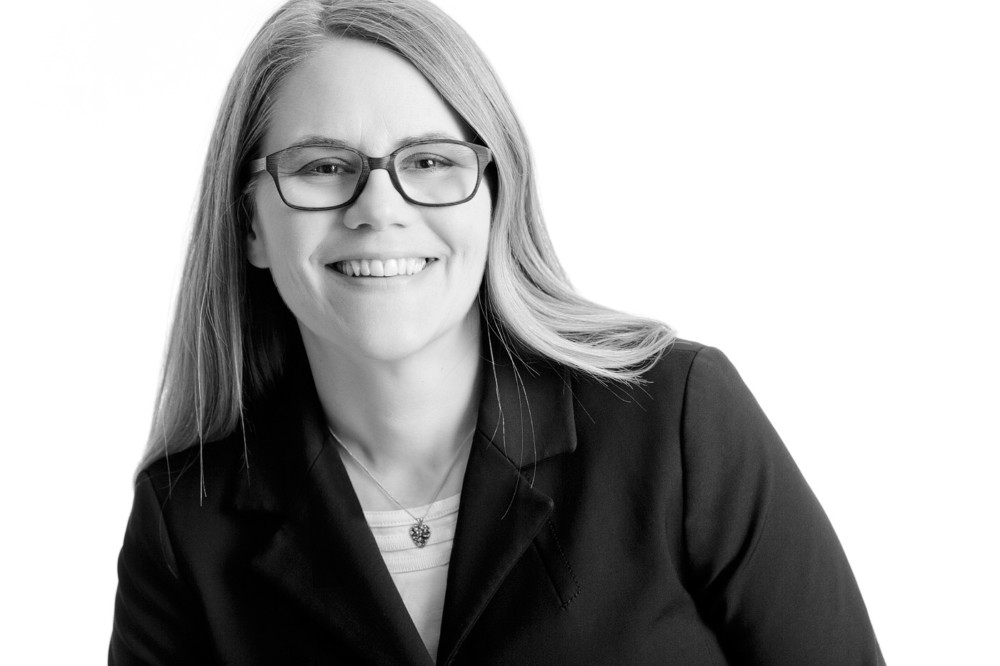
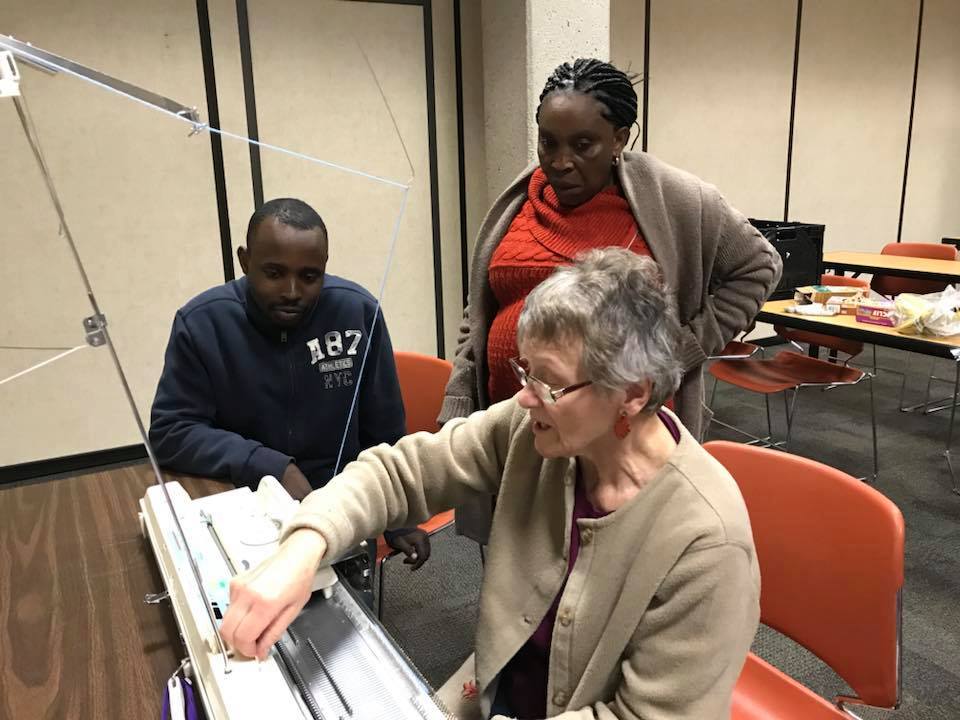
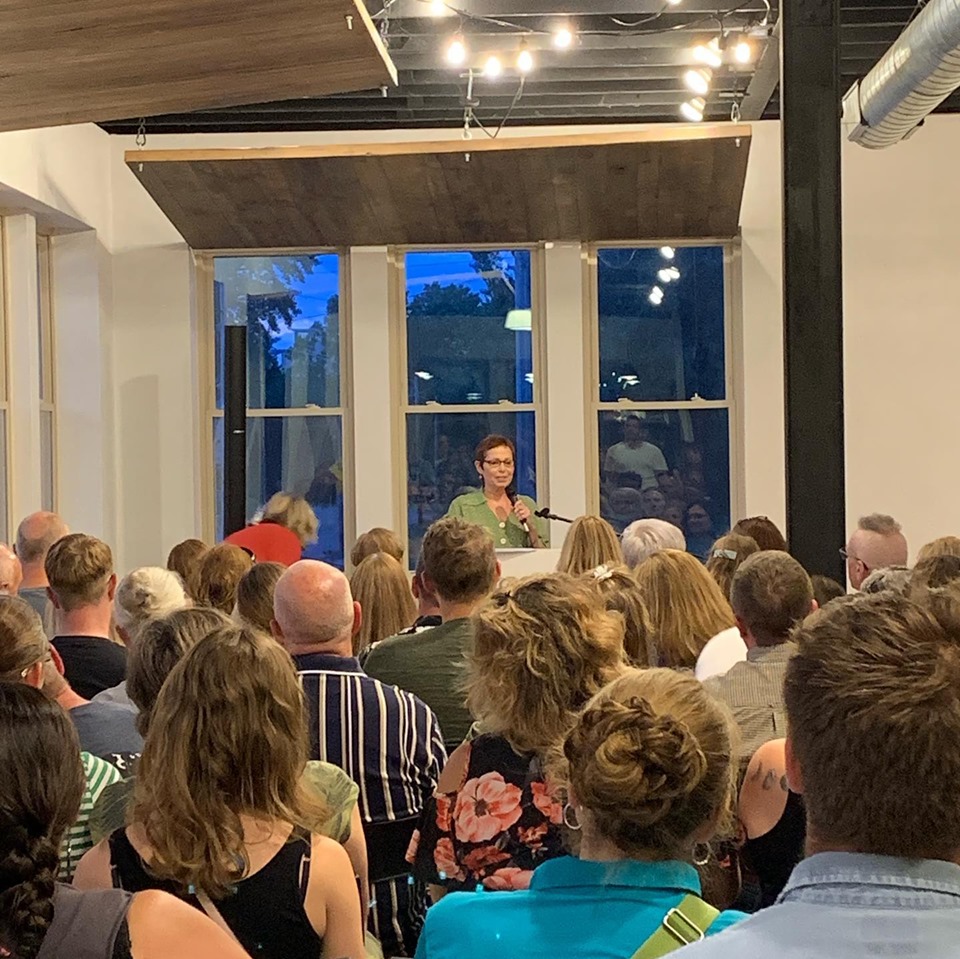


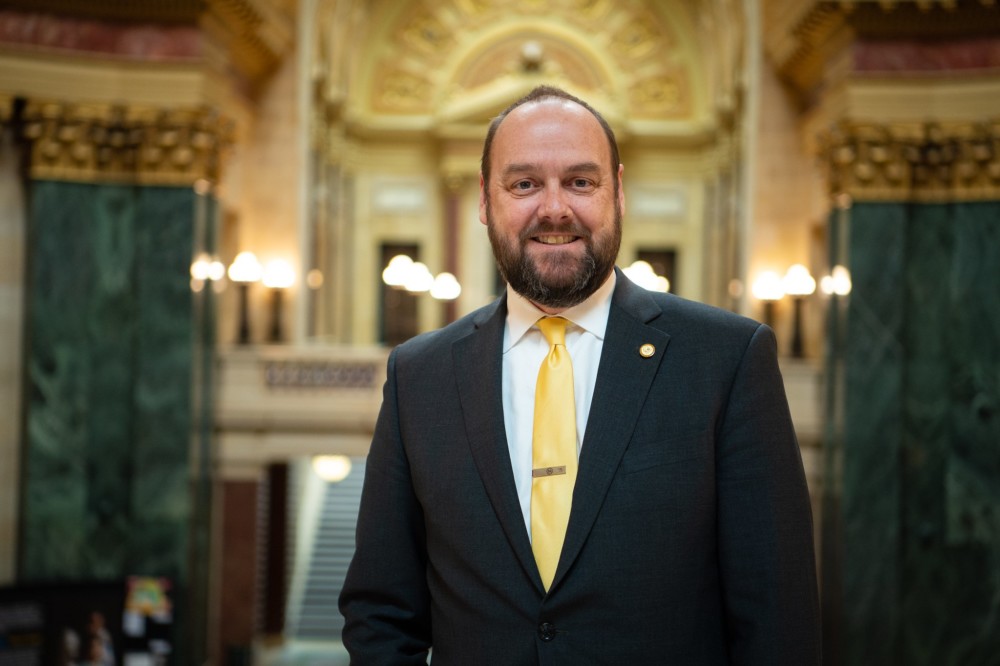

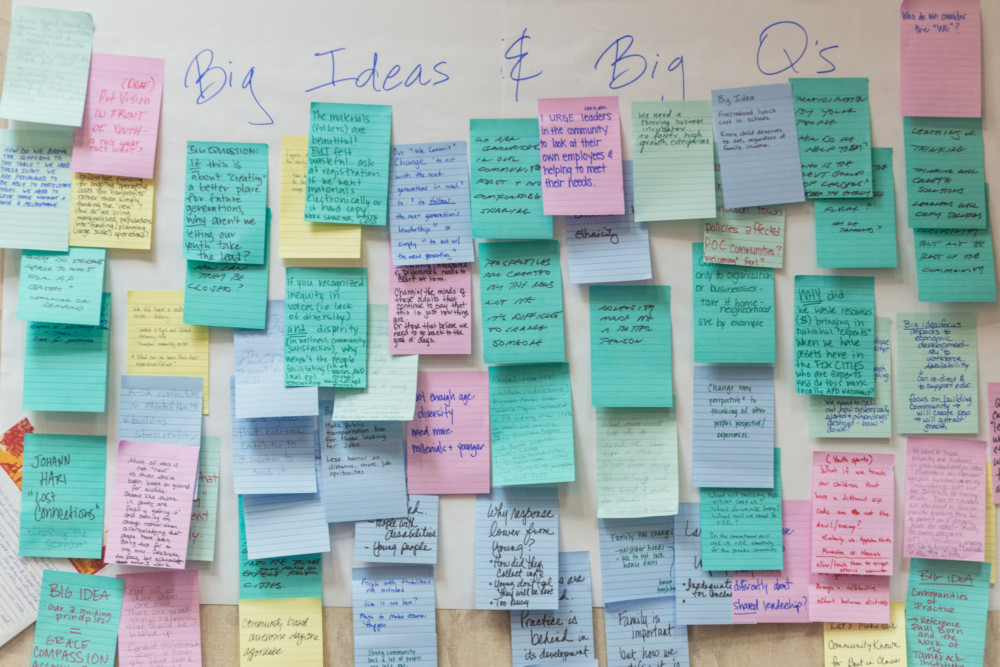




Leave a Comment